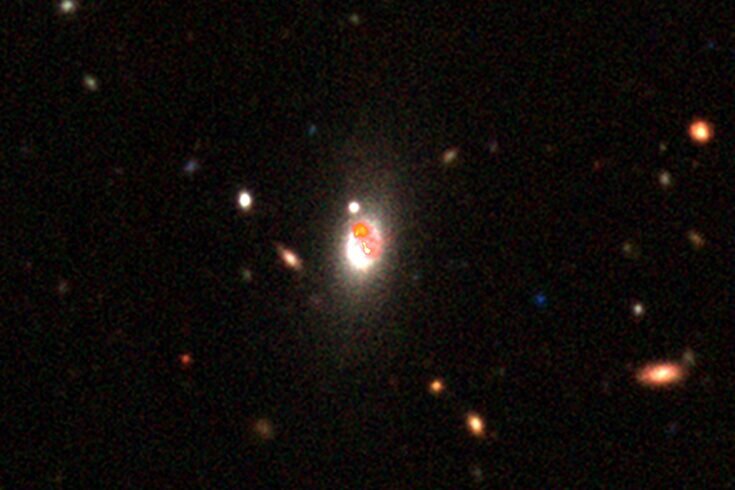
Astronomers have published the most detailed images seen of galaxies beyond our own yet, revealing their inner workings in unprecedented detail.
The images were created from data collected by the Low Frequency Array (LOFAR), a network of more than 70,000 small antennae spread across nine European countries. The results come from the team’s years of work, led by Dr. Leah Morabito at Durham University. The team was supported in the UK by the Science and Technology Facilities Council (STFC).
As well as supporting science exploitation, STFC also fu...
Read More








Recent Comments